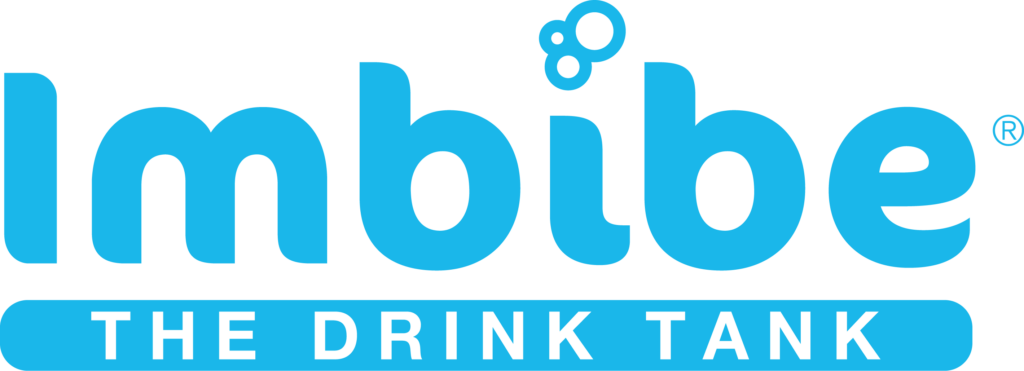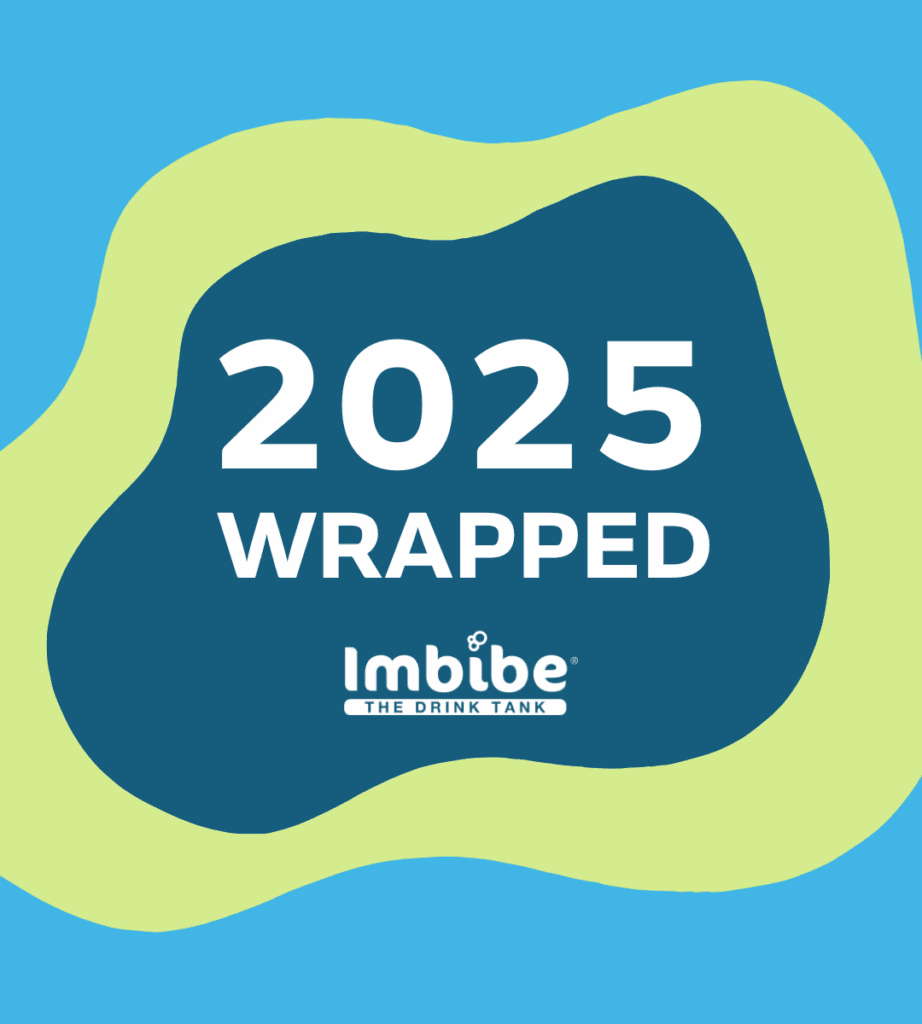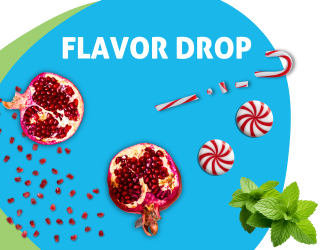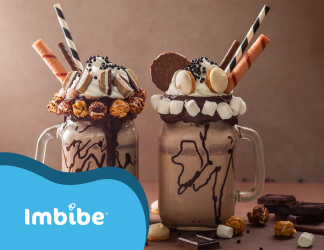Your source for the most up-to-date information on emerging beverage trends.
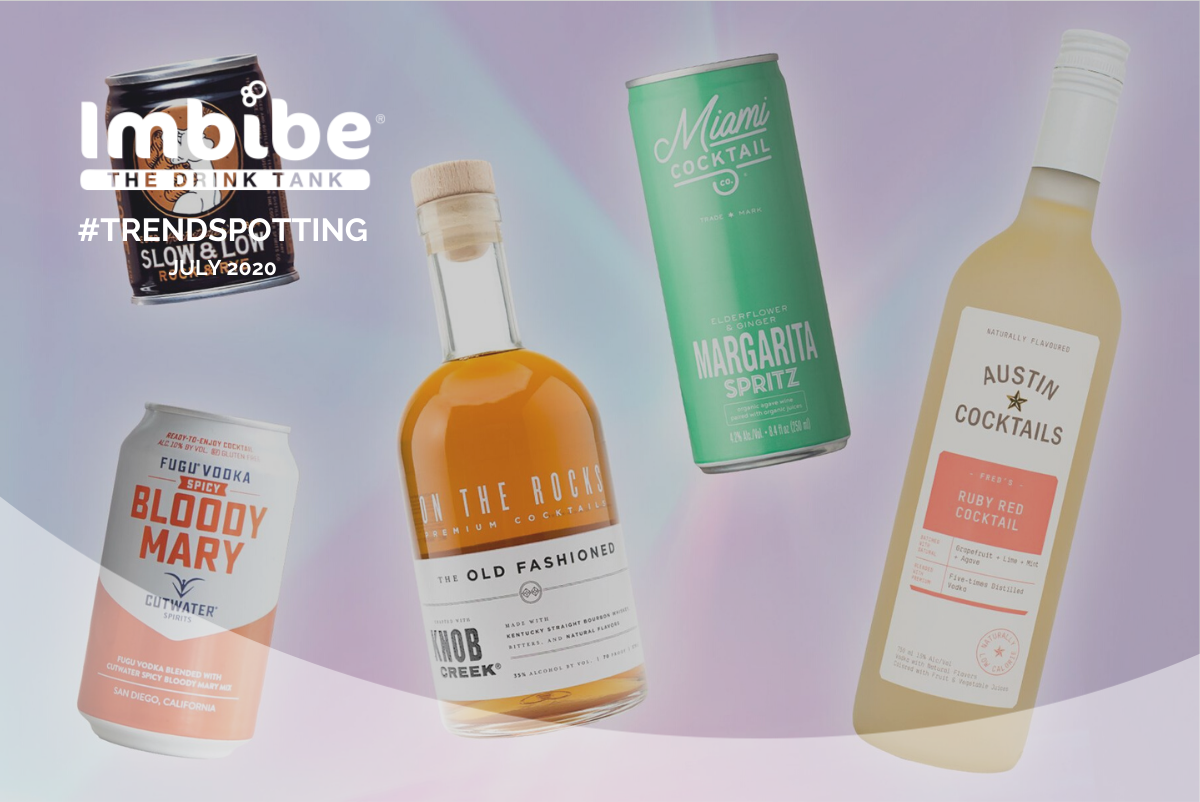
READY-TO-DRINK LIBATIONS
Popping open a can or bottle of your favorite “hard” beverage is more popular than ever. Sales are being driven by demand for premium quality libations in a convenient format as well as consumers being stuck at home due to COVID-19. Here are some of the dominant trends in the fast-growing category.
Conventional Classics
Ready-to-drink cocktail sales have grown exponentially in the last few years and have experienced an even bigger boost since COVID-19 restrictions were put into place. According to Nielsen, year-over-year (YOY) growth of RTD cocktails was 21.5% in February compared to 90.4% at the end of June.
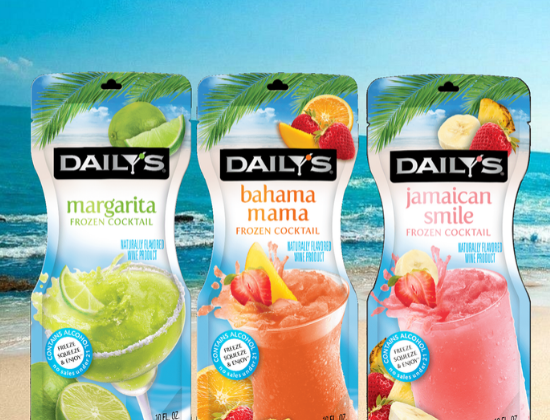

Daily’s offers popular frozen cocktails without the hassle of a blender and ice. The unique pouch makes it possible to enjoy an adult slushie right from the freezer and comes in 14 different flavors that range from Bahama mama to frosé
Many mainstream liquor brands like Bacardi, Absolut, Jack Daniels and José Cuervo are launching RTD cocktails of their own. Products are inspired by popular orders from the bar like vodka soda and margarita. Bacardi’s three SKUs combine the classic rum with a variety citrus flavors.
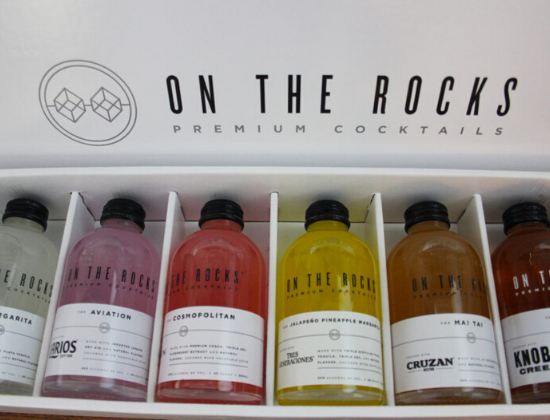
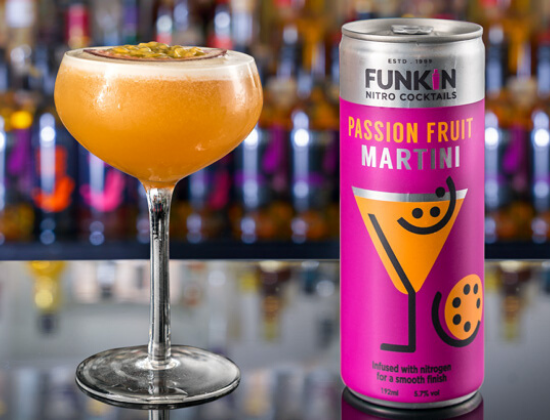
On the Rocks Premium Cocktails uses premium spirits for their line of classic cocktails. The brand has six SKUs including margarita, jalepeño pineapple margarita, aviation, cosmopolitan, mai tai and old fashioned. The cocktails pack quite a punch, too, as they are all 20% alcohol-by-volume (ABV).
The UK-based brand, Funkin, offers popular cocktails like ameretto sours and espresso martinis with a twist. The product offers a unique sensory experience because it’s infused with nitrogen to give the cocktail a creamy mouthfeel.
Booze with Benefits
Though alcohol is not typically associated with health and wellness, it may not come as a surprise that more healthful bar options are entering the market. Brands are enhancing beer, wine and spirits with functional ingredients and creating “healthful” hybrids by adding alcohol to beverages like tea, coffee and plant waters.
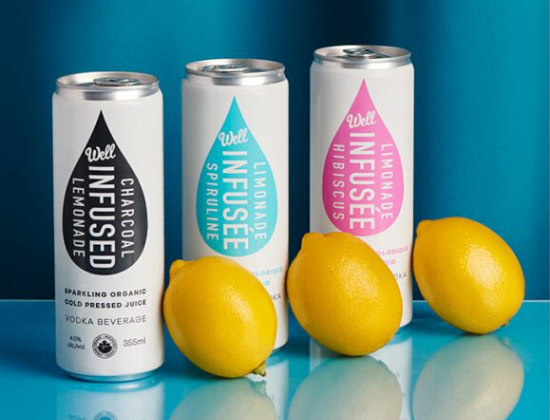
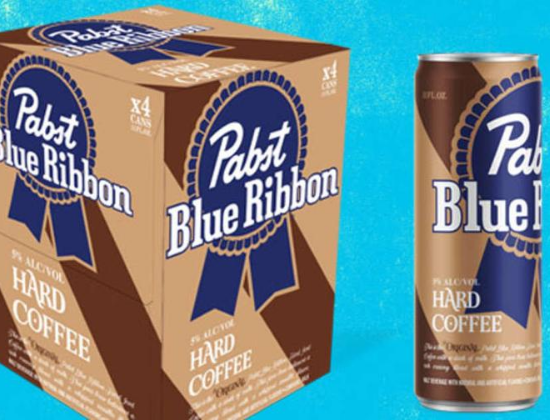
Brands are enhancing alcohol with functional ingredients like antioxidant-rich fruits, adaptogens, and electrolytes. Canadian-based Well offers vodka lemonades enhanced with spirulina, charcoal and hibiscus.
Pabst Blue Ribbon, LaColombe and Cafe Agavé launched hard coffee products. Pabst Blue Ribbon’s product is made with malt liquor, milk, sugar and vanilla. Other products on the market include include spiked lattes and cold brew.
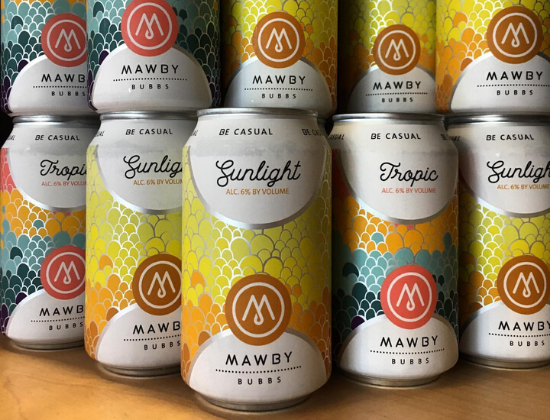
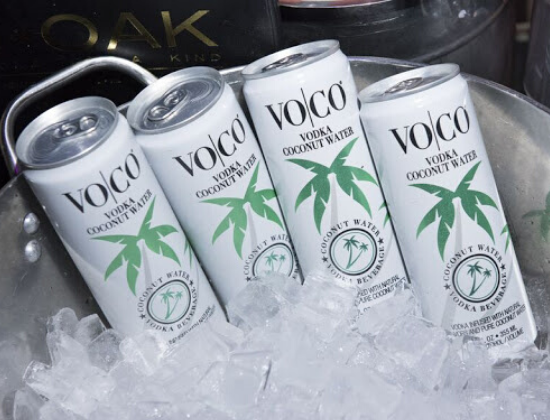
Hard tea is another emerging category. It consists of mostly malt-based beverages, but the brand Mawby Bubbs blends wine with organic teas for a refreshing low-sugar cocktail. The Sunlight SKU uses white wine while Tropical combines with rosé wine and passionfruit juice.
VO|CO is the first RTD cocktail that combines premium vodka with coconut water. In addition to providing a unique taste experience, coconut water is rich in electrolytes and naturally hydrating.
Hard Kombucha
Hard kombucha is a category to watch. The added sugar, type of yeast and length of the fermentation process differ from regular kombucha (which has less than 0.5% ABV) to achieve a higher ABV which typically ranges from 4% to 8%. A mid-year sales analysis by Nielsen found that year-to-date sales are up 63% compared to the year prior.
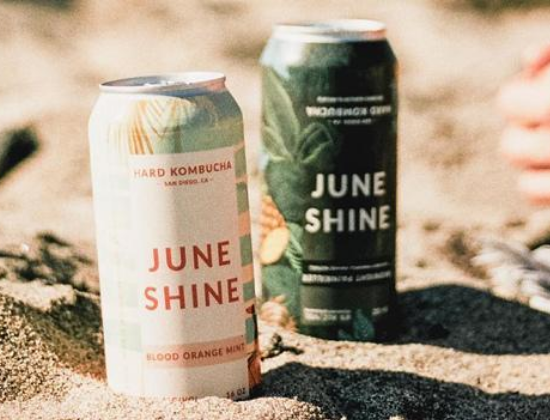
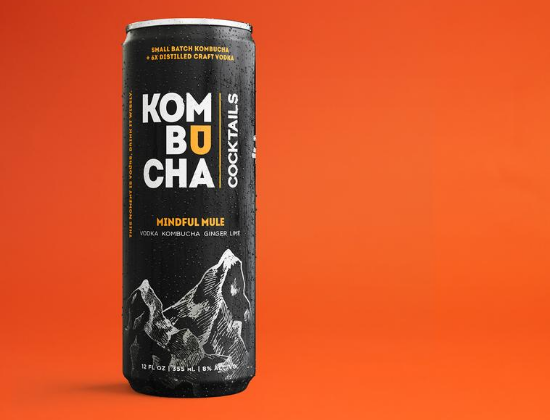
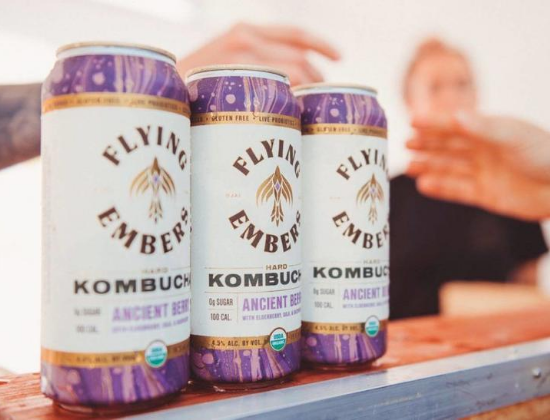
June Shine, Kombrewcha, Booch Craft, Luna Bay Booch, Kyla and Unity Vibrations are some of the more well-known hard kombucha brands on the market. Flavors across brands range from familiar favorites like berry to more exotic profiles like blood orange.
Using kombucha as a mixer for alcohol has been trending on the bar scene for a few years, but Kombucha Cocktails is the first brand to offer an RTD option. SKUs are inspired by classic cocktails like the Moscow Mule and Dark and Stormy.
Hard kombucha has a reputation as better-for-you because it’s rich in probiotics, but the brand Flying Embers created an even more health-forward twist by adding adaptogens to their brew. One of their latest skews is even referred to as an adaptogen supertonic.
Hard Seltzer Innovation
Hard seltzer is the “it” drink right now and growth isn’t expected to slow down any time soon. Nielsen predicts the category will have triple-digit growth through the end of the year. The category has even attracted a significant amount of new buyers since the COVID-19 outbreak. According to Nielsen, 44% of consumers who bought hard seltzer in March and April did so for the first time.
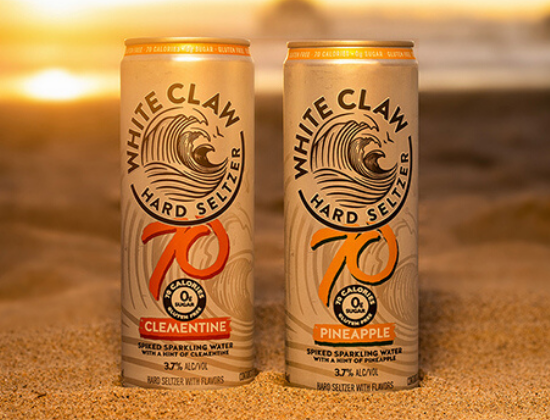
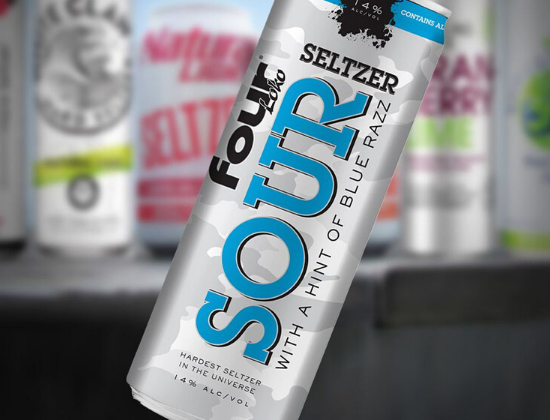
Since many consumers are trying to cut down on calories and limit alcohol content, White Claw created a new line that is only 70 calories and 3.7% ABV (compared to 100 calories and 5% ABV). The lighter version comes in two flavors: clementine and peach.
Four Loko went the opposite direction to differentiate their product by creating a hard seltzer that has a higher ABV than most brands on the market. The high-alcohol seltzer is 12% ABV and is available in sour mango and black cherry flavors.
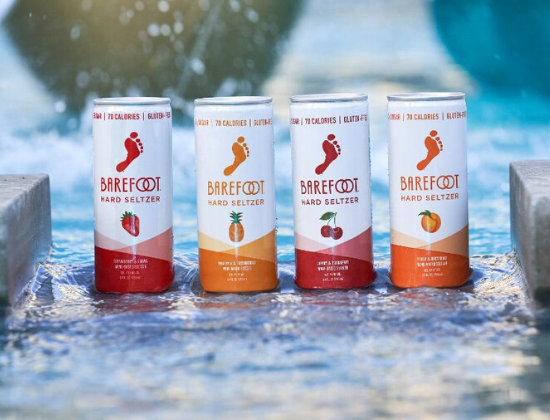
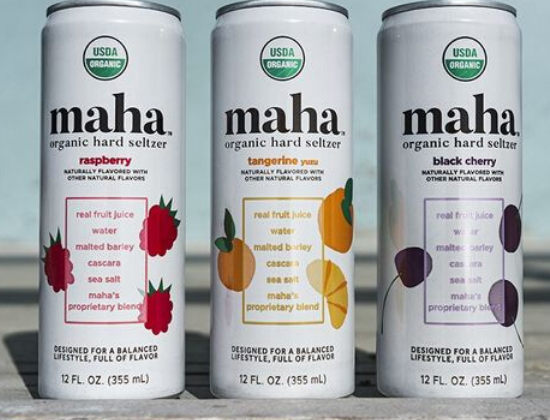
Barefoot launched a wine-based hard seltzer that is 70 calories and 4% ABV. The product is available in four fruity flavors including strawberry guava, peach nectarine, cherry cranberry, and pineapple passionfruit.
While most hard seltzers are positioned as better-for-you, Maha makes health part of their mission. They are USDA organic and include functional ingredients like antioxidant-rich cascara, electrolytes and vitamins. Flavors include raspberry, tangerine yuzu and black cherry.
Check out more on #TRENDSPOTTING, or visit our blog.
